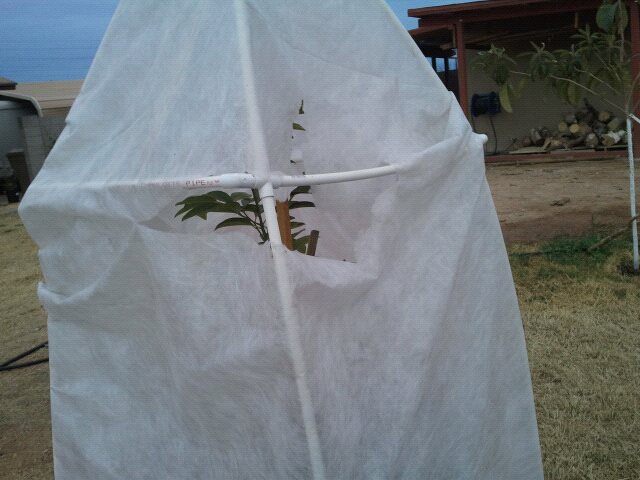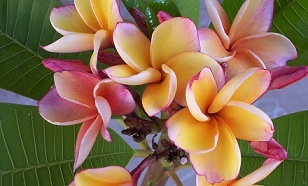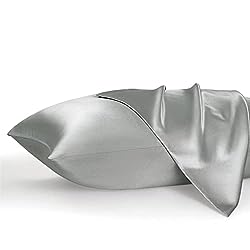| View previous topic :: View next topic |
| Author |
Message |
Amadioranch
Joined: 07 Jan 2012
Posts: 88
|
 Posted: Sun Jan 15, 2012 9:31 am Post subject: Frost cloth Posted: Sun Jan 15, 2012 9:31 am Post subject: Frost cloth |
 |
|
Not happy at all with the 1.5 oz frost cloth that I bought at Bakers this year. Its not been exposed for more than 6 weeks and it already falling apart! Making this fitted covers is a pain and I expected them to last at last a single winter.
| Description: |
|
| Filesize: |
52.3 KB |
| Viewed: |
24086 Time(s) |

|
|
|
| Back to top |
|
 |
phoenixtropicals
Site Admin
Joined: 06 May 2008
Posts: 1207
Location: Mesa Arizona
|
 Posted: Sun Jan 15, 2012 10:33 am Post subject: Posted: Sun Jan 15, 2012 10:33 am Post subject: |
 |
|
I was thinking. With the amount of work you are putting into it, maybe you should make a big greenhouse, Doug Jones style. For example, you could have one of those carport companies build an RV style framework (no roof) for you and then you could cover it with clear plastic etc. Just an idea. Maybe to expensive though, but I would think the car port companies would be competitive. Here is a photo of Doug's greenhouse in Mesa. He built his out of supplies from Home Depot, using I angle irons I believe.
http://www.azrfg.org/festivalOfFruit/tours.html#dougJones
|
|
| Back to top |
|
 |
Amadioranch
Joined: 07 Jan 2012
Posts: 88
|
 Posted: Sun Jan 15, 2012 6:02 pm Post subject: Posted: Sun Jan 15, 2012 6:02 pm Post subject: |
 |
|
| I attended a couple of Doug's talks he did at the Festival of Fruit and he showed off his structure during the presentation. Hes a real inspiration. Something like that may be what I end up with but wouldnt work for me in my current configuration. My current bet is this: All my mangoes and the black sapote are in the center of the new part of my orchard. Im hoping that as the orchard grows up that the other freeze tollerant trees on the outside of the orchard will provide protection to the sensitive tropicals on the inside. And that as the sapote and mangoes get large they also become less frost tender. It may take 5 or so years to know. Surrounding the tropicals I have loquats, pluots, 4 different types of cherries, persimmons, pears, etc. To enclose this orchard now to protect the tropicals would come at the expense of these others that need the chill hours. But we shall see where time and experince takes me.
|
|
| Back to top |
|
 |
MKIVRYAN
Joined: 07 Dec 2010
Posts: 154
Location: Phoenix/Scottsdale
|
 Posted: Sun Jan 15, 2012 8:40 pm Post subject: Posted: Sun Jan 15, 2012 8:40 pm Post subject: |
 |
|
WOW, Bummed I missed that tour in the link 
|
|
| Back to top |
|
 |
MKIVRYAN
Joined: 07 Dec 2010
Posts: 154
Location: Phoenix/Scottsdale
|
 Posted: Mon Jan 16, 2012 11:16 am Post subject: Posted: Mon Jan 16, 2012 11:16 am Post subject: |
 |
|
So I see that different materials are good for different temps. I have a bunch of old burlaps that I currently use, any idea how low they are good for? I dont want to find out the hard way that they are only good down to 30 
|
|
| Back to top |
|
 |
Amadioranch
Joined: 07 Jan 2012
Posts: 88
|
 Posted: Mon Jan 16, 2012 11:29 am Post subject: Posted: Mon Jan 16, 2012 11:29 am Post subject: |
 |
|
I've never used burlap but imagine with its porus structure that it wouldn't be good for anything more than a light freeze. My suggestion is to get a couple remote temp monitors and test it. Put one inside your frost structure and one a few feet away outside. Watch at daybreak for the difference between the two. That will tell you more than anything. We have all this time and money invested in these plants, why not invest in some monitoring tools and find out rather than wonder?
Fwiw, all the materials on the subject I've ever read stress capturing the heat coming up off the ground for warmth in the frost tent. In practice I've found the heat supplied by the ground to be miniscule at best. Heat input via light bulbs has been the only way to trap enough heat to keep my frost tents above freezing once it dips below 32.
|
|
| Back to top |
|
 |
|





